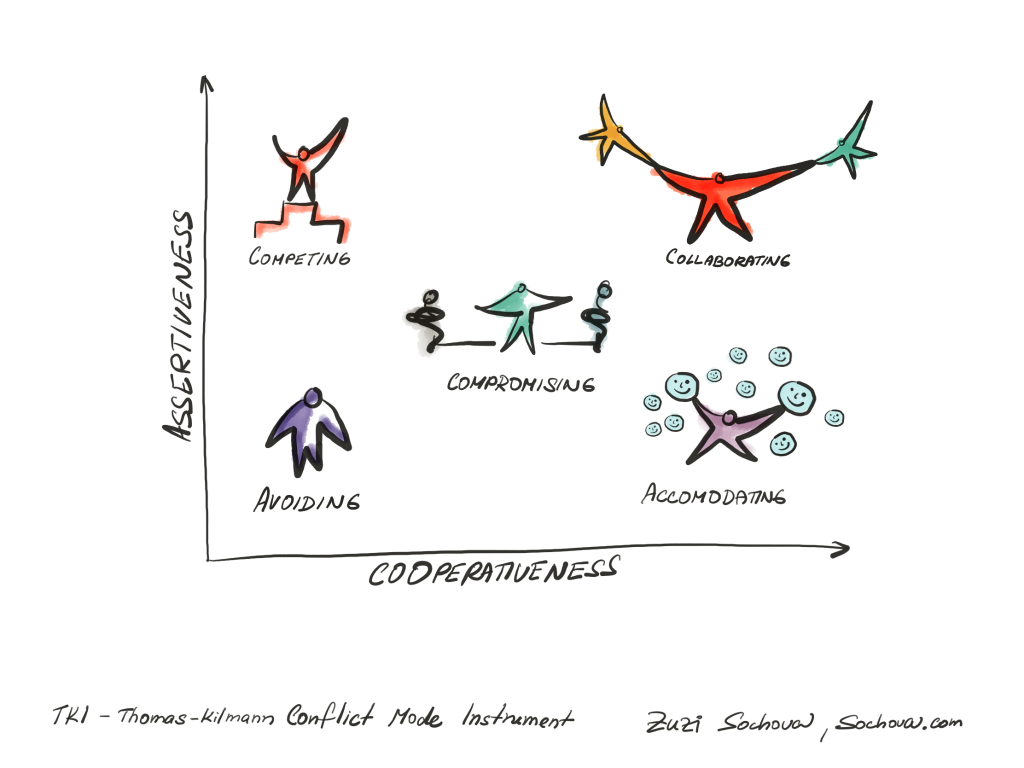Every year I speak at many conferences and based on my experience I recommend some places to go for inspiration. Here is my list of Top 10 Agile conferences to attend in 2026. It’s not my intention to cover them all, I’m sharing places where I like to return. Inspiring places with interaction, high energy, and great speakers.
- AgilePrague Conference is one of the best conferences in Europe. In two days, it creates unique collaborative space. You can expect short talks, afternoon workshops, and inspirational keynotes. Plus, Prague is a great city to visit so you can come early and enjoy the weekend in Prague. Join Agile Prague on Sep 21-22, 2026, Prague, Czech Republic.
- Regional Scrum Gathering Tokyo is organized by an enthusiastic agile community in Japan. The purpose is to provide a “Ba” (place) where practitioners share ideas among Scrum practitioners having a great diversity. Regional Gatherings provides a unique experience and even if you don’t speak Japanese, there are some talks in English and other translated. Join me and the local community on January 7-9, 2026.
- XP Days Benelux is a conference with parallel workshops for experienced audience. This year it’s going to be in Belgium on Nov 26-27, 2026.
- Agile Coach Camp Cologne, Germany, Apr 30-May 2, 2026, is a global gathering, it is an open space event over 3 days of creativity, inspiration and co-working on new work-related topics.
- AgileDC is a one-day conference with a motto: Of the People, By the People, and For the People. Organized by local community and it has a great atmosphere. Washington DC metro area, Oct 26, 2026.
- AgileByExample, Warsaw, Poland, Oct 12-14, 2026, brings three days of intensive, example-driven content featuring global experts and deep dives into strategic agile governance and data-powered decision-making. This is where cutting-edge agile meets real-world application.
- Scan Agile is one of my favorite conferences. It’s where the future of Agile takes shape. This year is planned for March 17-18, 2026, in Helsinki, Finland.
- Agile Testing Days are almost a festival not a traditional conference. The full week of tutorials, talks, workshops, and networking events is just awesome. Join Testing Days even if you are not a tester. It’s in Potsdam, Germany on Nov 16-19, 2026.
- LeSS Conference is from practitioners for practitioners. Since 2016, LeSS Conferences is where LeSS practitioners share their LeSS experience and learn from new experiments. Book your time for October 8-9, 2026, Tokyo, Japan.
- Global Agility + Innovation Summit, Washington DC metro area, May 13, 2026, explores the Age of AI, focusing on building AI-powered products to leading in AI-powered environments.
The selection is based on my personal preference and experiences from those events.
Other conferences to consider this year
There are many great events that didn’t make it to this list, so please share your suggestions with us and we add them to the following list.
- Agile on the Beach is great event to attend and explore the summer in Cornwall, UK on July 2 – 3, 2026.
- Org Topologies Summit is a single track conference. Expect a curated mix of focused talks, hands-on workshops, engaging simulations, guided group discussions, and practical problem-solving. Mark your calendar for Oct 16, Amsterdam, Netherlands.
- Additional events: https://agilegatherings.com/

